Another Spartan Returns to the Skies!
Tue Aug 23, 2011 10:05 am
From 1928-1946, Spartan Aircraft produced a grand total of approximately 400 aircraft (half of which were NP-1 trainers for the Navy during the war.) 34 or so were production models of the Spartan 7W, known as the "Executive." The others were a variety of typical biplanes and monoplanes of the period, all steel-tube fuselage with fabric covering. Many of the biplanes were used at the Spartan School of Aeronautics, a sister company, while others were sold to oil companies and oil executives. Some of the biplanes were exported to Mexico and were used there by the Army.
Of all of the early Spartan aircraft produced between 1928 and 1931, very few have survived. Even less are flyable. Until the last couple of months, the only known flyable early Spartans were Ed Wegner's C3-165 in Wisconsin and the C2-60 in Oregon at the Western Antique Aeroplane and Automobile Museum. Happily, this year another early Spartan was restored to flight!
The C3-225 was the last version of Spartan's venerable biplane design. Rugged in construction, it was designed to be able to fly businessmen to their oil leases in rugged areas of the south and southwest, landing in rough fields to allow inspection of their investments. s/n A-14 was the last or next-to last C3-225 produced by Spartan in June 1930, depending on what records you believe.
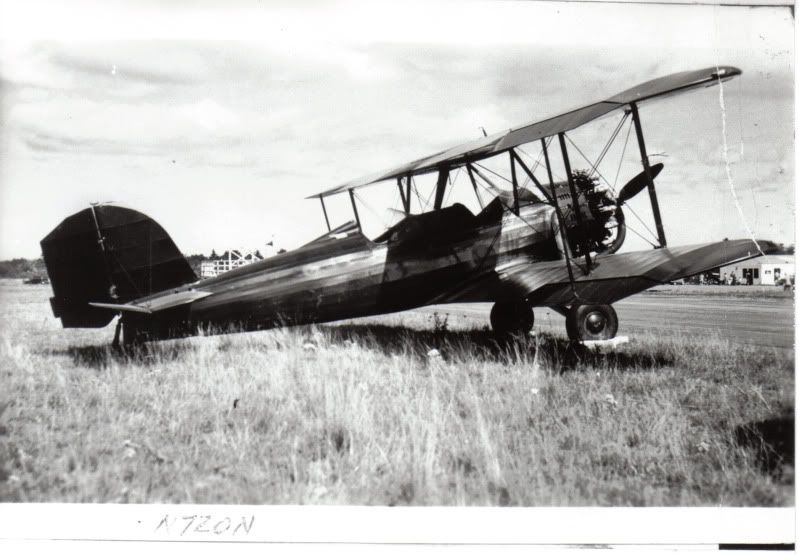
It cycled through a series of private owners, and was ultimately purchased by the Spartan School about 15 years ago. In roughly flyable condition at the time, the aircraft was put on display at the Tulsa Air and Space Museum. It was first on the ground in a hangar, and then was hung from the ceiling at the museum.
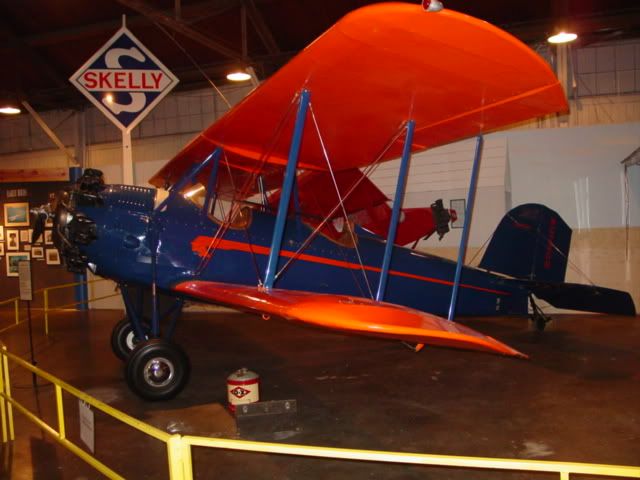
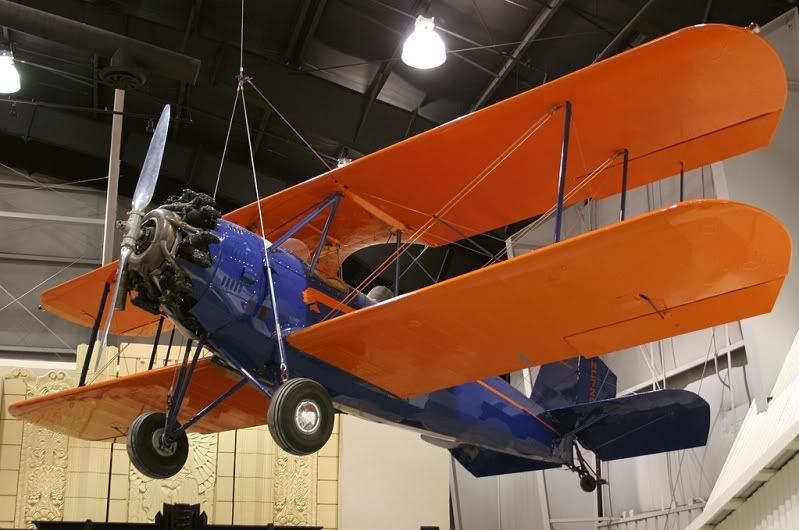
A few of the folks at Spartan decided that the airplane should be restored to flight and used as a marketing tool for the school, to fly to airshows as a reminder of the school's history and to encourage students to come train at Spartan for A&P and Flight training. So the airplane was brought down from the ceiling, gassed up, fired up, and flown across town from the Tulsa International Airport to the Jones-Riverside Airport where Spartan does most of its flight training.
Over the last 4 years or so, the airplane was stripped down to the skeleton and built back up. New instruments, new fabric, all new wood on the fuselage, new control wires etc. were installed. The chosen paint scheme is similar to what was on the aircraft when it was new from the factory. Dennis Henson, the Director of Maintenance at the school, was the lead for the restoration. He and a few of the students at the school, along with a couple of volunteers, restored the aircraft in their spare time on the school's time and on the school's dime.
The engine has 87 hours on it, and has run well in its first flights since restoration. This last weekend, the aircraft made its public debut at an airshow in Wichita. The aircraft flew one hour and 22 minutes each way, with a flawless performance. Congratulations to Dennis and his team, and to Spartan for their hard work! We so often moan about companies that don't care about their history. Spartan does care, and has taken at least one significant concrete step to put back into the air one of its pieces of history. Enjoy!
kevin
Some photos taken with my point and shoot:
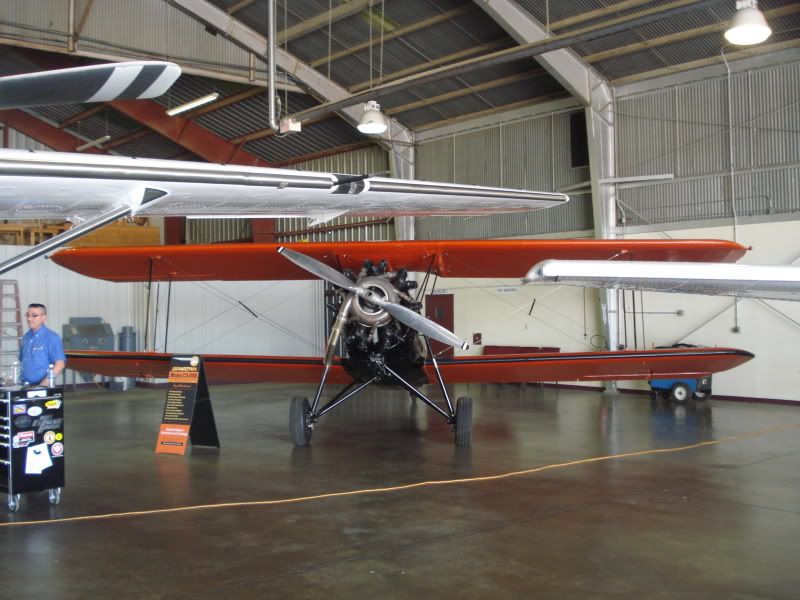
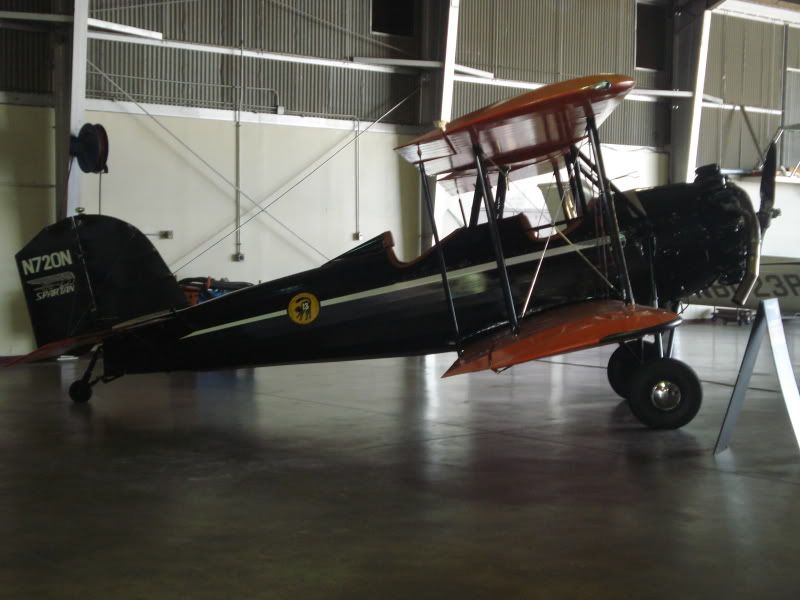

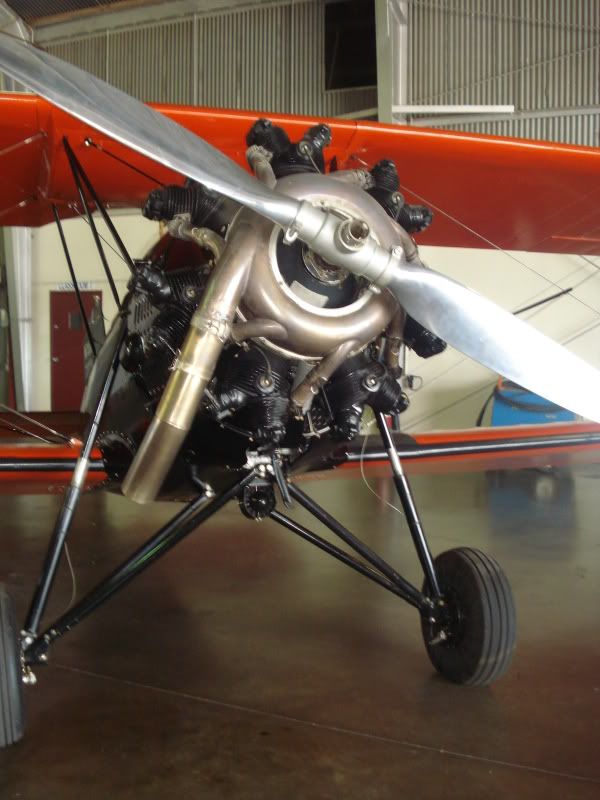
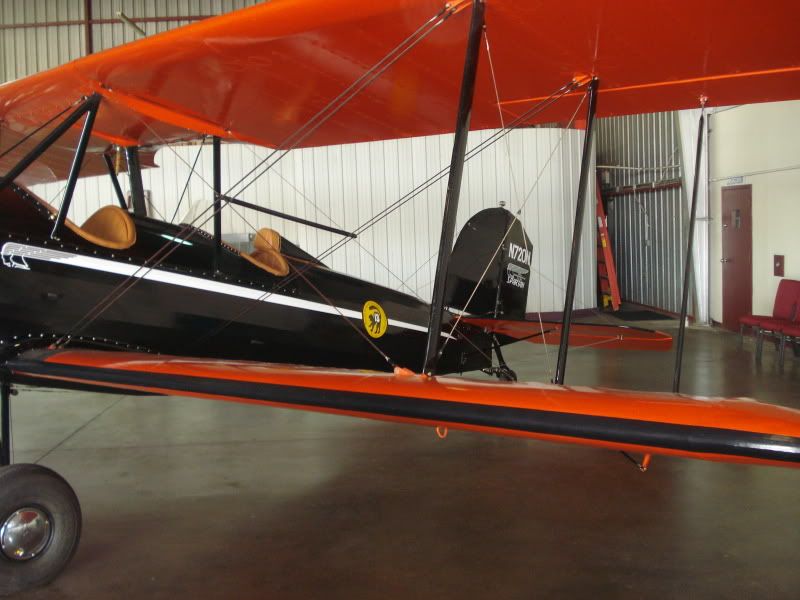
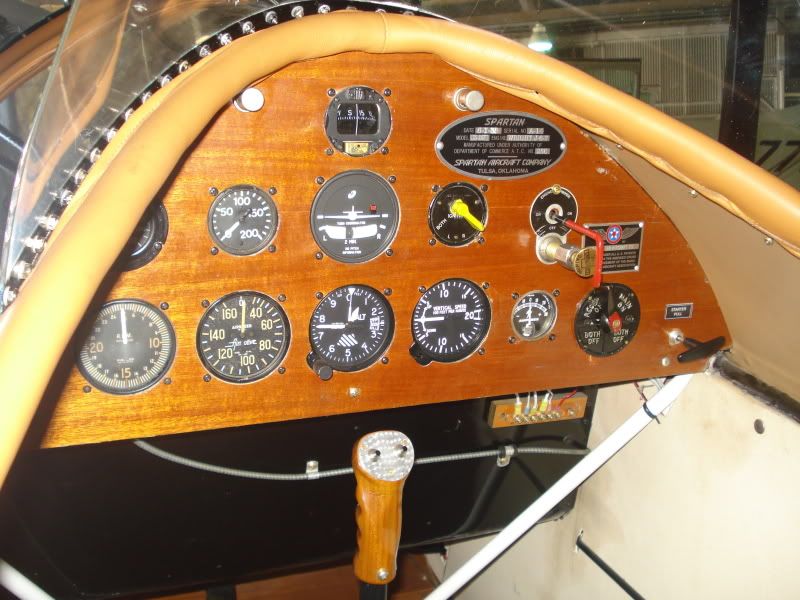
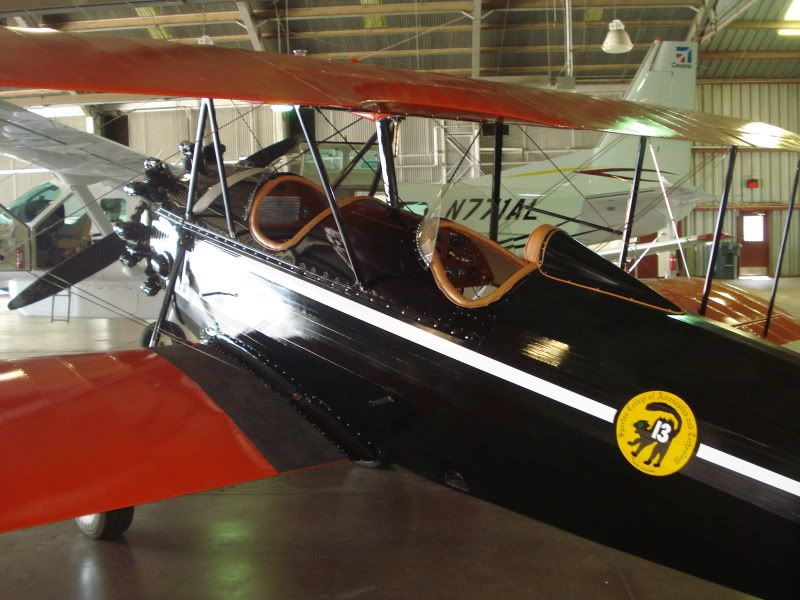
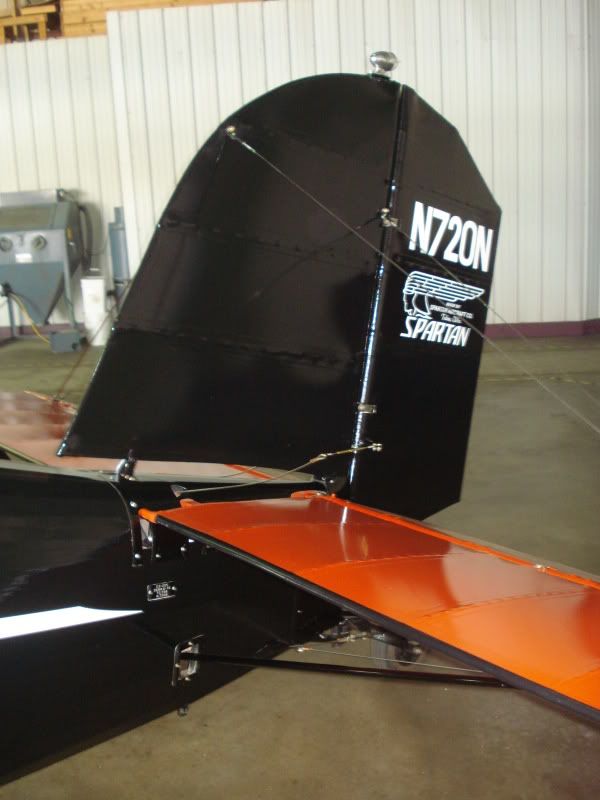
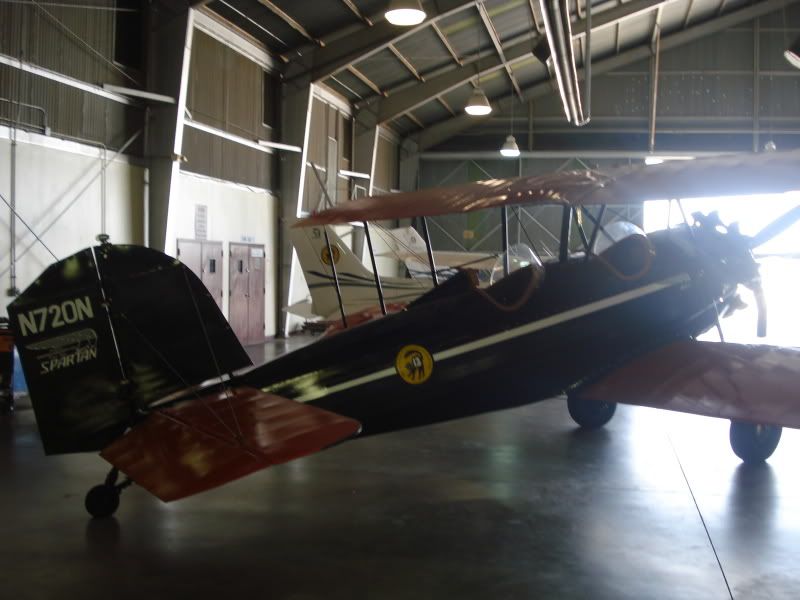

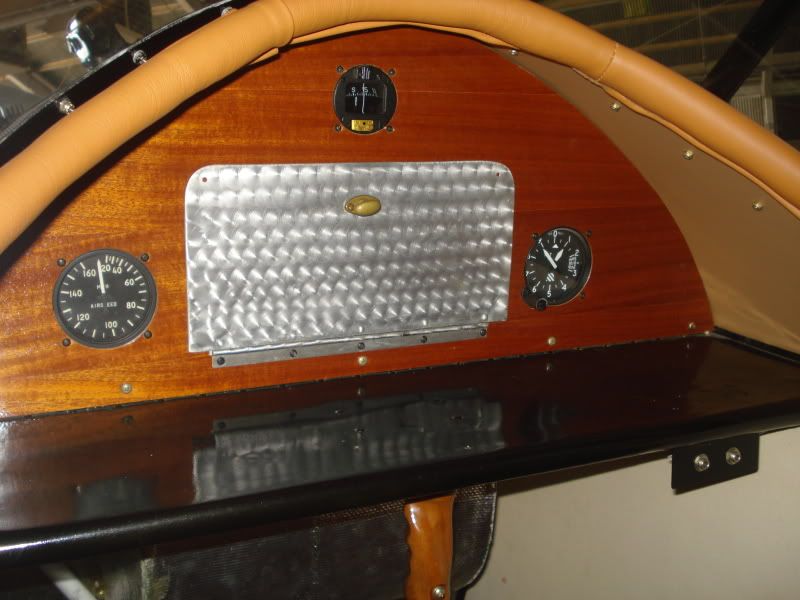
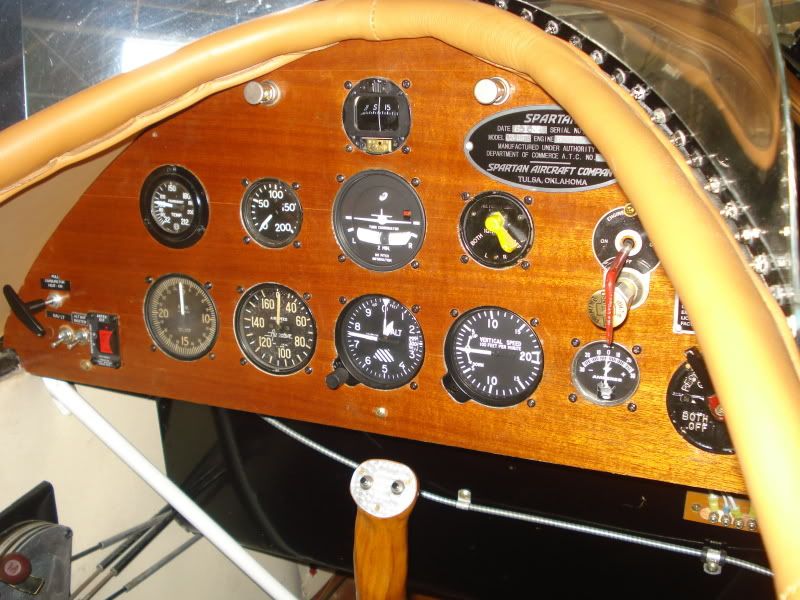

Of all of the early Spartan aircraft produced between 1928 and 1931, very few have survived. Even less are flyable. Until the last couple of months, the only known flyable early Spartans were Ed Wegner's C3-165 in Wisconsin and the C2-60 in Oregon at the Western Antique Aeroplane and Automobile Museum. Happily, this year another early Spartan was restored to flight!
The C3-225 was the last version of Spartan's venerable biplane design. Rugged in construction, it was designed to be able to fly businessmen to their oil leases in rugged areas of the south and southwest, landing in rough fields to allow inspection of their investments. s/n A-14 was the last or next-to last C3-225 produced by Spartan in June 1930, depending on what records you believe.

It cycled through a series of private owners, and was ultimately purchased by the Spartan School about 15 years ago. In roughly flyable condition at the time, the aircraft was put on display at the Tulsa Air and Space Museum. It was first on the ground in a hangar, and then was hung from the ceiling at the museum.


A few of the folks at Spartan decided that the airplane should be restored to flight and used as a marketing tool for the school, to fly to airshows as a reminder of the school's history and to encourage students to come train at Spartan for A&P and Flight training. So the airplane was brought down from the ceiling, gassed up, fired up, and flown across town from the Tulsa International Airport to the Jones-Riverside Airport where Spartan does most of its flight training.
Over the last 4 years or so, the airplane was stripped down to the skeleton and built back up. New instruments, new fabric, all new wood on the fuselage, new control wires etc. were installed. The chosen paint scheme is similar to what was on the aircraft when it was new from the factory. Dennis Henson, the Director of Maintenance at the school, was the lead for the restoration. He and a few of the students at the school, along with a couple of volunteers, restored the aircraft in their spare time on the school's time and on the school's dime.
The engine has 87 hours on it, and has run well in its first flights since restoration. This last weekend, the aircraft made its public debut at an airshow in Wichita. The aircraft flew one hour and 22 minutes each way, with a flawless performance. Congratulations to Dennis and his team, and to Spartan for their hard work! We so often moan about companies that don't care about their history. Spartan does care, and has taken at least one significant concrete step to put back into the air one of its pieces of history. Enjoy!
kevin
Some photos taken with my point and shoot:













Re: Another Spartan Returns to the Skies!
Tue Aug 23, 2011 10:52 am
A real jewel, congratulations to the team on a classy restoration 

Re: Another Spartan Returns to the Skies!
Wed Aug 24, 2011 2:37 pm
Very nicely done. Thanks for sharing the pictures and the brief history. Perhaps you can persuade the school to take it to Blakesburgh, IA for the annual antique airplane event next week.
Re: Another Spartan Returns to the Skies!
Thu Aug 25, 2011 11:06 am
Awesome! One of my favorite planes at Old Rhinebeck was the Spartan C-2 they have! I sure miss seeing it fly! I remember Dave Fox trying to do the "person pick-up" with the sky hook. it took him about 8 tries!
Jerry
Jerry
Re: Another Spartan Returns to the Skies!
Thu Aug 25, 2011 1:40 pm
Glad you like it, Jerry! The Spartan at Old Rhinebeck is also a C3, it's just the C3-165 model that came right before this model in sequence. Spartan started out its biplane series using a Ryan-Siemens engine, and experimented with several other engines before ultimately using the Walter NZ-120, the 165 hp, 5 cylinder Wright and ultimately the 225 hp, 7 cylinder Wright. The one at Rhinebeck has the 165 hp Wright. It's a neat looking bird, but from what I understand its last flight was in about 1986. Makes me very sad that it has set in place for that long. The C3-165 was, from what I understand, a very reliable airplane. Spartan produced more of that model than any other of its early biplane series. Ed Wegner in Wisconsin flys a C3-165, the only other airworthy Spartan biplane.
The C2 was a neat but not very successful commercial airplane targeted at the budget-minded consumer. It was a low-wing monoplane with a 60hp Jacobs engine, and puttered along at a sedate 80-90 mph. Students hated it, as the engine wasn't reliable and it could apparently spin pretty easily. Only 3 C2 aircraft remain, one in Tulsa, one in Oregon, and one under rebuild in Iowa.
Glad you enjoyed the update!
kevin
The C2 was a neat but not very successful commercial airplane targeted at the budget-minded consumer. It was a low-wing monoplane with a 60hp Jacobs engine, and puttered along at a sedate 80-90 mph. Students hated it, as the engine wasn't reliable and it could apparently spin pretty easily. Only 3 C2 aircraft remain, one in Tulsa, one in Oregon, and one under rebuild in Iowa.
Glad you enjoyed the update!
kevin
Re: Another Spartan Returns to the Skies!
Thu Aug 25, 2011 4:16 pm
Thanks for posting all the pictures. Good to see the fruits of the museums labors!
Here is a shot of the Rhinebeck Spartan I took a few years ago.

Here is a shot of the Rhinebeck Spartan I took a few years ago.

Re: Another Spartan Returns to the Skies!
Sat Aug 27, 2011 8:20 am
Yeah, I meant C-3. I've got slides of it flying back in the day. I was going to ORA since 1971 and my first couple of trips were Instamatic camera snap shots, but once I hit college in the late 1970's, I started taking slides and going to ORA several times a year.
I really miss those days.
Jerry
I really miss those days.
Jerry
Re: Another Spartan Returns to the Skies!
Sat Aug 27, 2011 12:58 pm
Jerry,
I'd be really interested in seeing those slides sometime, if you are interested in posting a few of them! If not, email always works...

kevin
I'd be really interested in seeing those slides sometime, if you are interested in posting a few of them! If not, email always works...
kevin
Re: Another Spartan Returns to the Skies!
Sat Oct 15, 2011 11:45 pm
I posted news of this airplane's restoration and return to flight a while ago, wanted to provide a very short update. This evening the airplane returned to the Tulsa Air and Space Museum, where it was displayed in static condition for a while, for an event called "Hometown Heroes." One of the selected heroes was a man named Henry Miller. Henry is about 93 years old, and was a student at Spartan in the 1930's. He went on to work at the Spartan factory in the 1940's. Henry came to our museum a few years ago to share photos and stories. He hasn't seen a Spartan C3 like he flew in school in over 60 years. This evening we rectified that situation. A few photos:
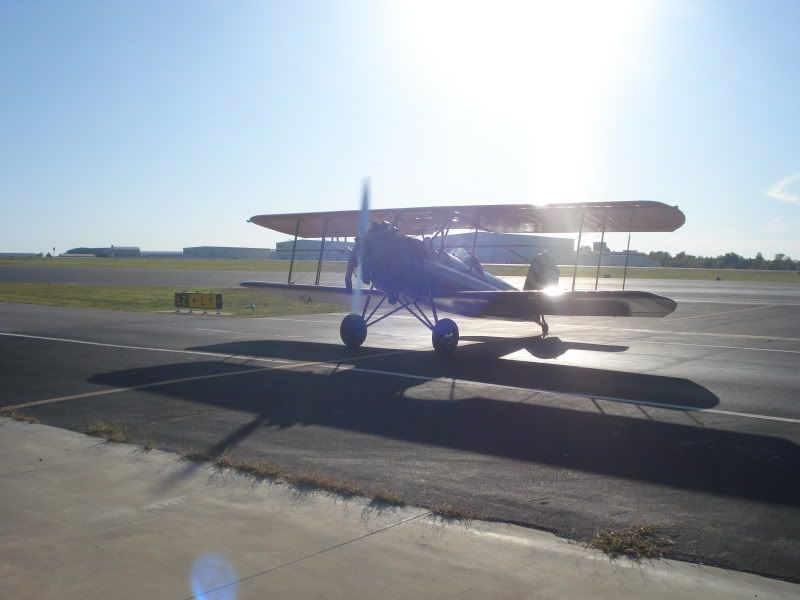
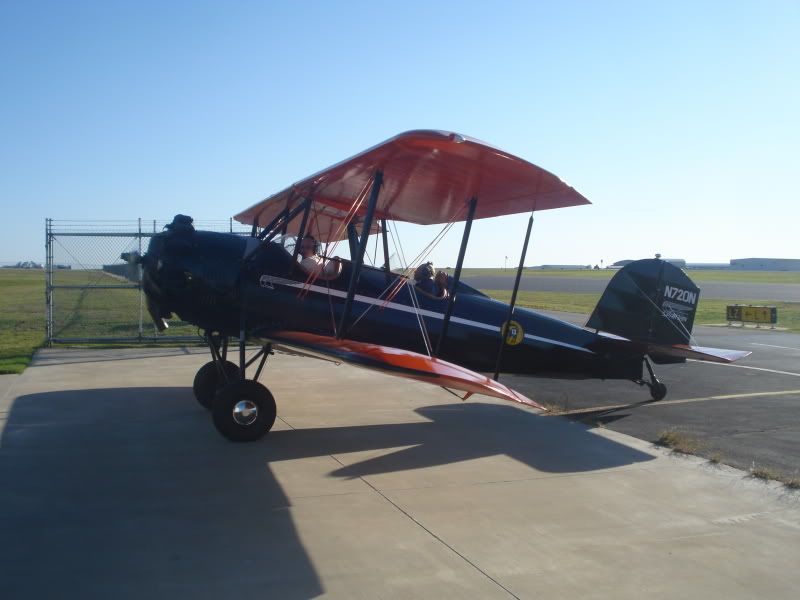
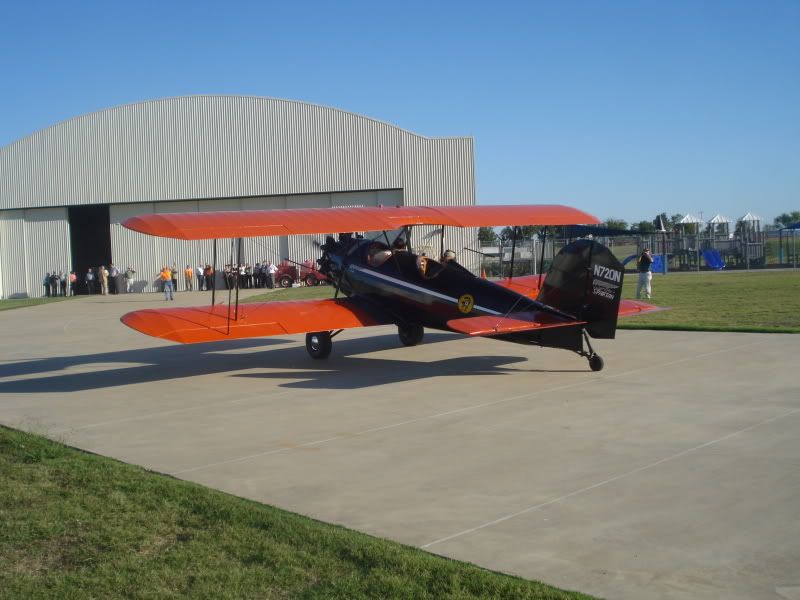
And one more. That's Henry in the burgandy vest with the two Spartan folks who flew the airplane over for the event. The Spartan guys are wearing coveralls just like Henry wore at Spartan 70+ years ago.
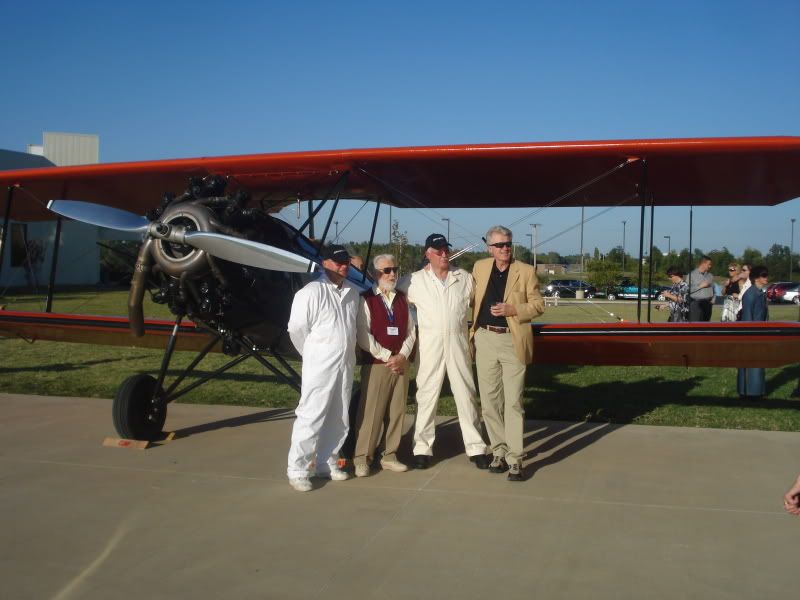
And one last photo: Henry (Hank) in the 1930's. Enjoy.
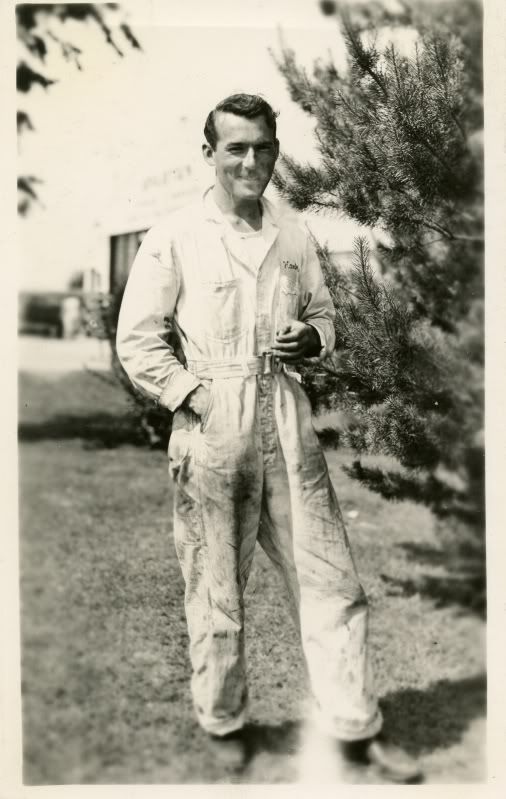
Kevin



And one more. That's Henry in the burgandy vest with the two Spartan folks who flew the airplane over for the event. The Spartan guys are wearing coveralls just like Henry wore at Spartan 70+ years ago.

And one last photo: Henry (Hank) in the 1930's. Enjoy.

Kevin
Re: Another Spartan Returns to the Skies!
Mon Oct 24, 2011 1:22 pm
I had the pleasure of seeing the C3-225 in person on October 22 at the Fort Worth Alliance Air Show. What a fabulous restoration! She is truly gorgeous. Thanks to the Spartan folks for bringing her to the show! 
Spartan C3-225 N720N
Mon May 28, 2012 10:08 am
My late Grandfather Samuel E. Eatock owned the Spartan C3-225 N720N for many years.
He passed away on June 13, 2011.
He passed away on June 13, 2011.
Re: Another Spartan Returns to the Skies!
Mon May 28, 2012 10:52 am
That is a gorgeous plane. Thanks for sharing that... 
Re: Another Spartan Returns to the Skies!
Tue May 29, 2012 9:07 pm
Mr. Eatock, i know that I would love to see any photos you might be willing to share from when your grandfather owned the Spartan!
Kevin
Kevin
Re: Another Spartan Returns to the Skies!
Tue May 29, 2012 10:45 pm
That looks great! Congrats to all who helped put the C3 back in the air! I'll make sure to get a copy of your posting and the photos to John Cournoyer. He will be happy to see that it went to a good home and is once again flyable. For your next trick, you need to talk him out of his Executive. 
You should be proud of yourselves. Don't worry about dislocating your shoulders by patting yourselves on the back for what you have done. Saving your town's aviation history is an important thing to do. So Spartan built around 400 planes you say? At least you have a few on display indoors. How many Demons, Phantoms, Voodoos, Eagles, and Hornets were built here in St. Louis? Nearly 5,000 Phantoms alone and how many of any of the above jet types are displayed indoors? Let's see now........let me think........oh, that's right........ None.
You should be proud of yourselves. Don't worry about dislocating your shoulders by patting yourselves on the back for what you have done. Saving your town's aviation history is an important thing to do. So Spartan built around 400 planes you say? At least you have a few on display indoors. How many Demons, Phantoms, Voodoos, Eagles, and Hornets were built here in St. Louis? Nearly 5,000 Phantoms alone and how many of any of the above jet types are displayed indoors? Let's see now........let me think........oh, that's right........ None.